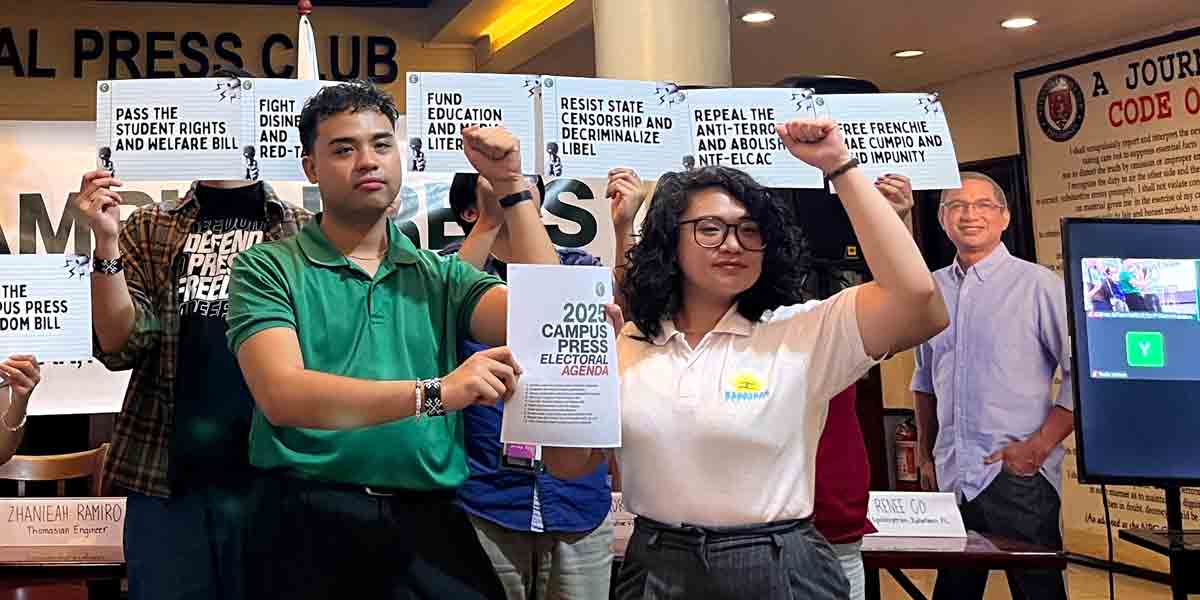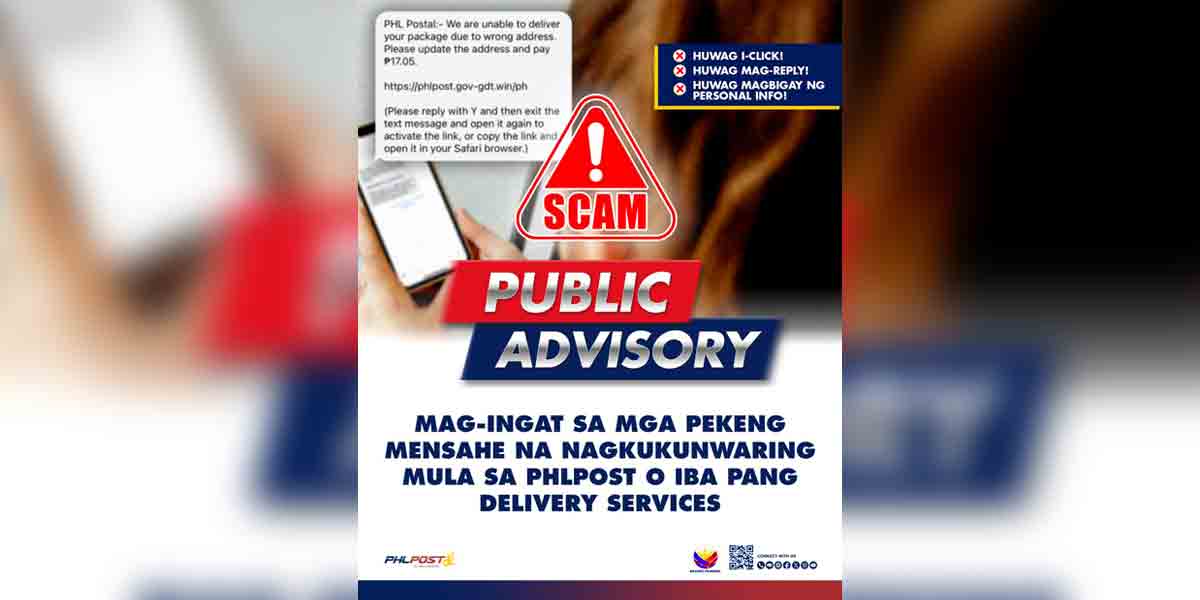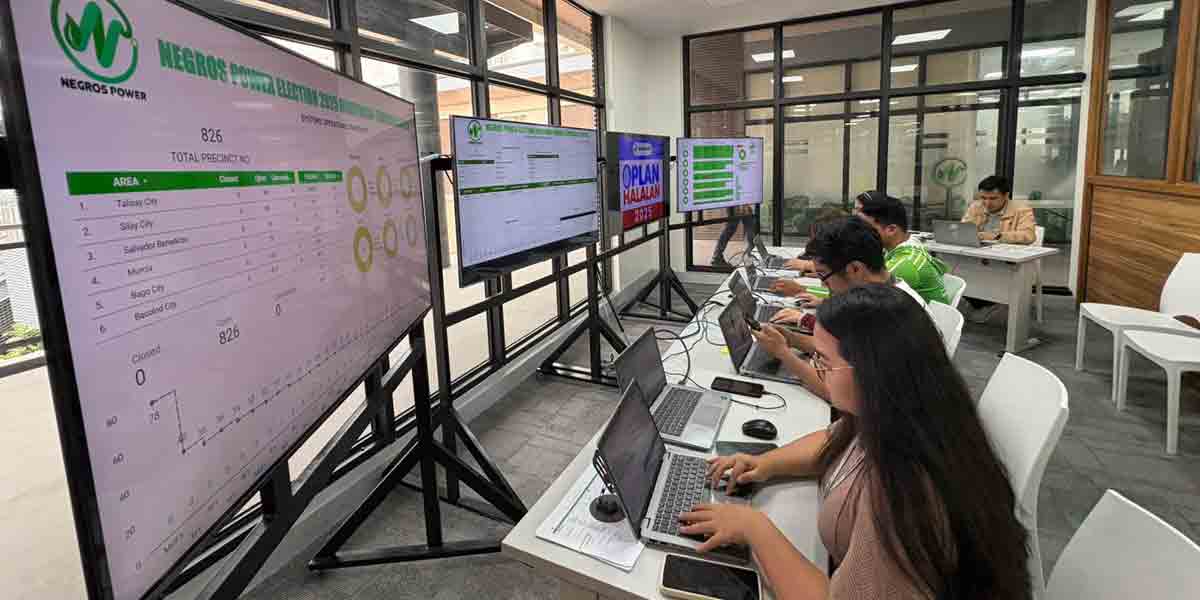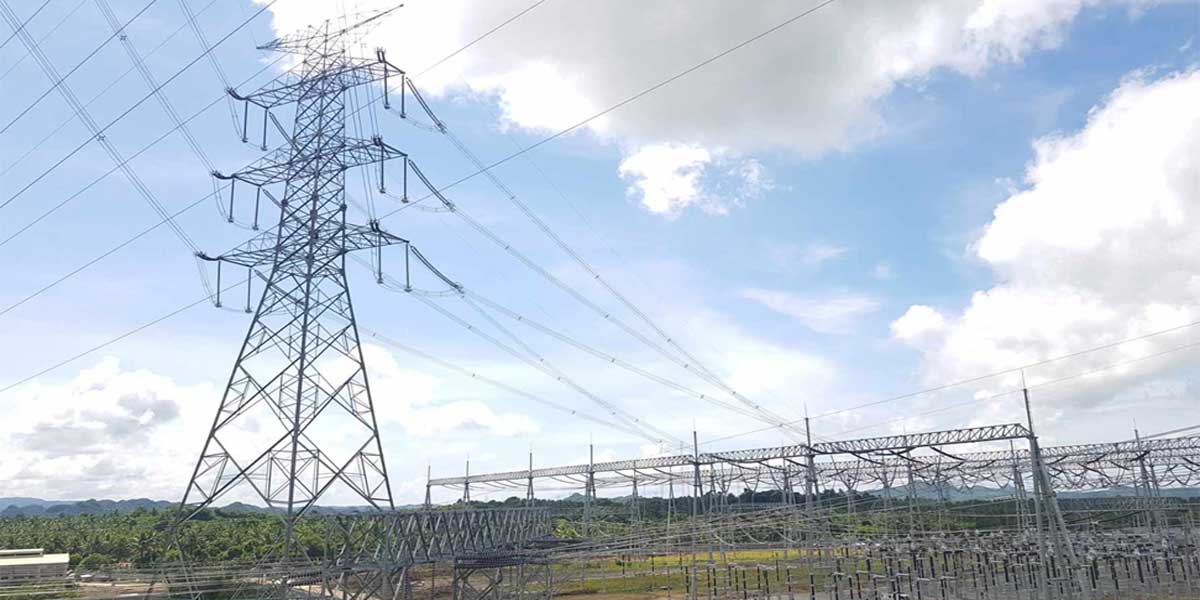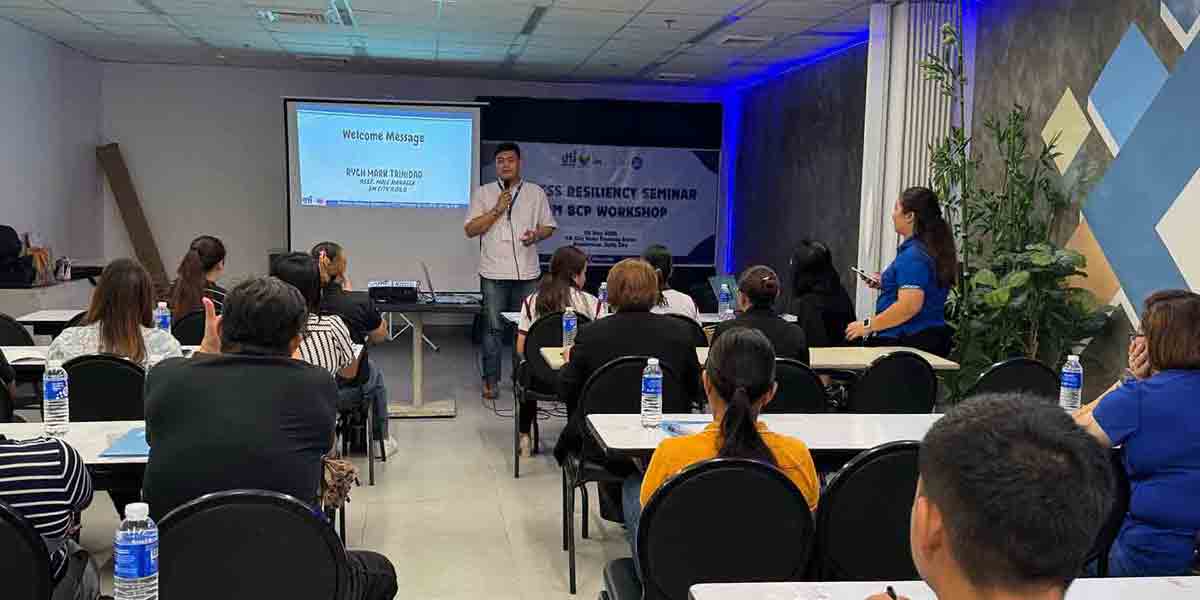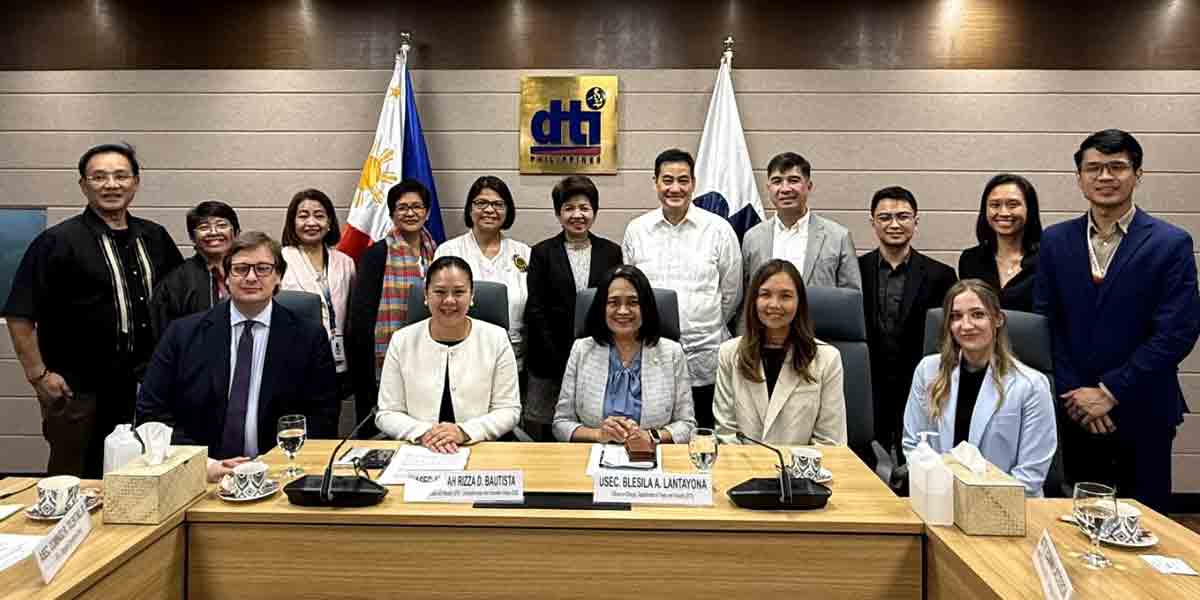When President Ferdinand “Bongbong” Marcos Jr. vowed to bring down the price of rice to P20 per kilo during his campaign, it was a beacon of hope for millions of Filipinos burdened by the high cost of living. However, as with many grand promises, the reality of fulfilling such a pledge is fraught with challenges, intricacies, and unforeseen circumstances.
One of the primary hurdles in achieving the P20 per kilo rice target is the inherent nature of market forces. The price of rice, like any other commodity, is influenced by a myriad of factors including production costs, logistics, and market demand.
Secretary Francisco Tiu-Laurel of the Department of Agriculture (DA) candidly expressed his reservations about the feasibility of this promise. He highlighted the significant impact of high market prices for fuel and logistics, essential components in the supply chain that directly affect the final retail price of rice.
Moreover, the role of middlemen in the agricultural value chain cannot be overlooked. These intermediaries, who often buy palay (unmilled rice) from farmers at lower prices and sell it at a premium after processing, contribute to the price inflation.
While the DA’s initiative to convert irrigator associations into cooperatives and provide rice processing systems aims to reduce the influence of middlemen, the transition and its impact on prices remain to be seen.
Another formidable obstacle is the effect of climate change on rice production. The Philippines, being an archipelago, is particularly vulnerable to extreme weather conditions such as typhoons, droughts, and unpredictable rainfall patterns. These climate anomalies can severely disrupt agricultural productivity, leading to lower yields and subsequently higher prices due to the decreased supply.
The National Irrigation Administration (NIA) is making strides to mitigate these issues by enhancing irrigation systems and promoting better farming practices. However, even with these improvements, the unpredictability of weather patterns poses a constant threat to stable rice production.
Despite these challenges, the DA and NIA are not without strategies to alleviate the burden on both consumers and farmers. Programs like the P29 initiative, which sells aging but good-quality rice to vulnerable sectors, and the Rice for All Program, offering rice at Kadiwa centers for P45 to P48 per kilo, are commendable efforts to make rice more affordable. These measures, while not achieving the P20 target, provide interim relief to those most in need.
Additionally, the emphasis on increasing farmers’ production and converting irrigator associations into cooperatives signifies a long-term vision of enhancing the agricultural sector’s efficiency and profitability. By empowering farmers to process and sell rice directly, these initiatives aim to increase farmers’ incomes while reducing the consumer price of rice.
The promise of P20 per kilo rice is emblematic of the complexities and interdependencies inherent in agricultural economics. While it remains an ambitious and desirable goal, its realization is contingent upon a multitude of factors, many of which are beyond the immediate control of policymakers. Market forces, the role of middlemen, and the unpredictability of climate change all play pivotal roles in shaping the price of rice.
The efforts of the DA and NIA to implement supportive programs and enhance production capacities are steps in the right direction. However, the journey to P20 per kilo rice is long and fraught with challenges. It is a reminder that while promises can inspire hope, their fulfillment requires sustained effort, adaptation to changing circumstances, and a comprehensive understanding of the intricate dynamics at play.

